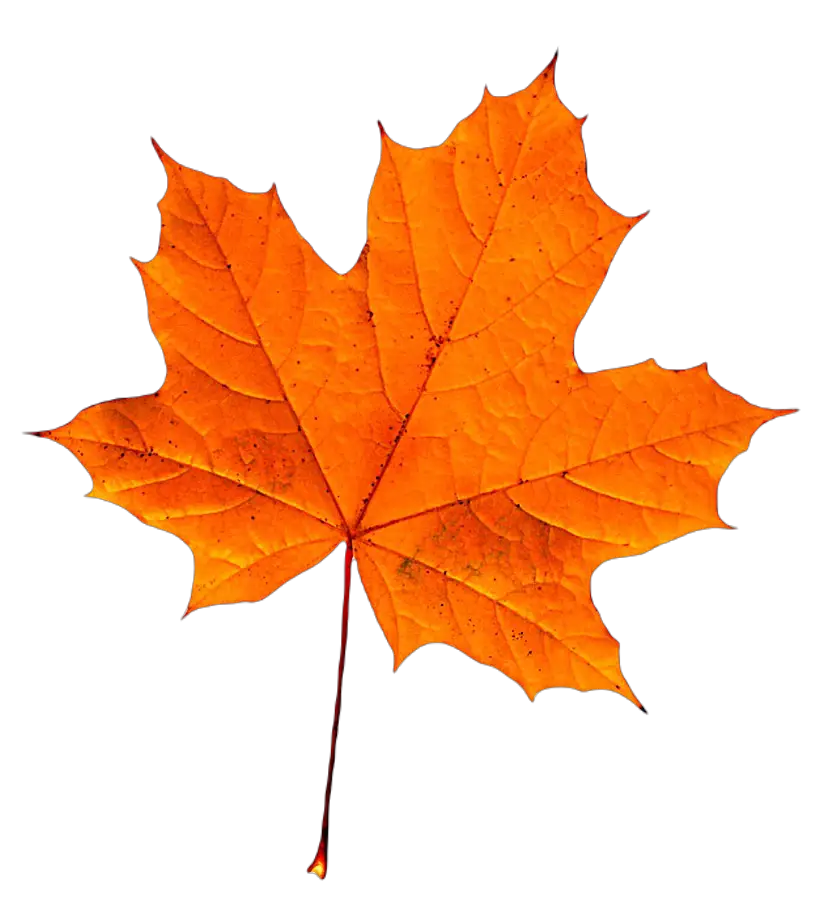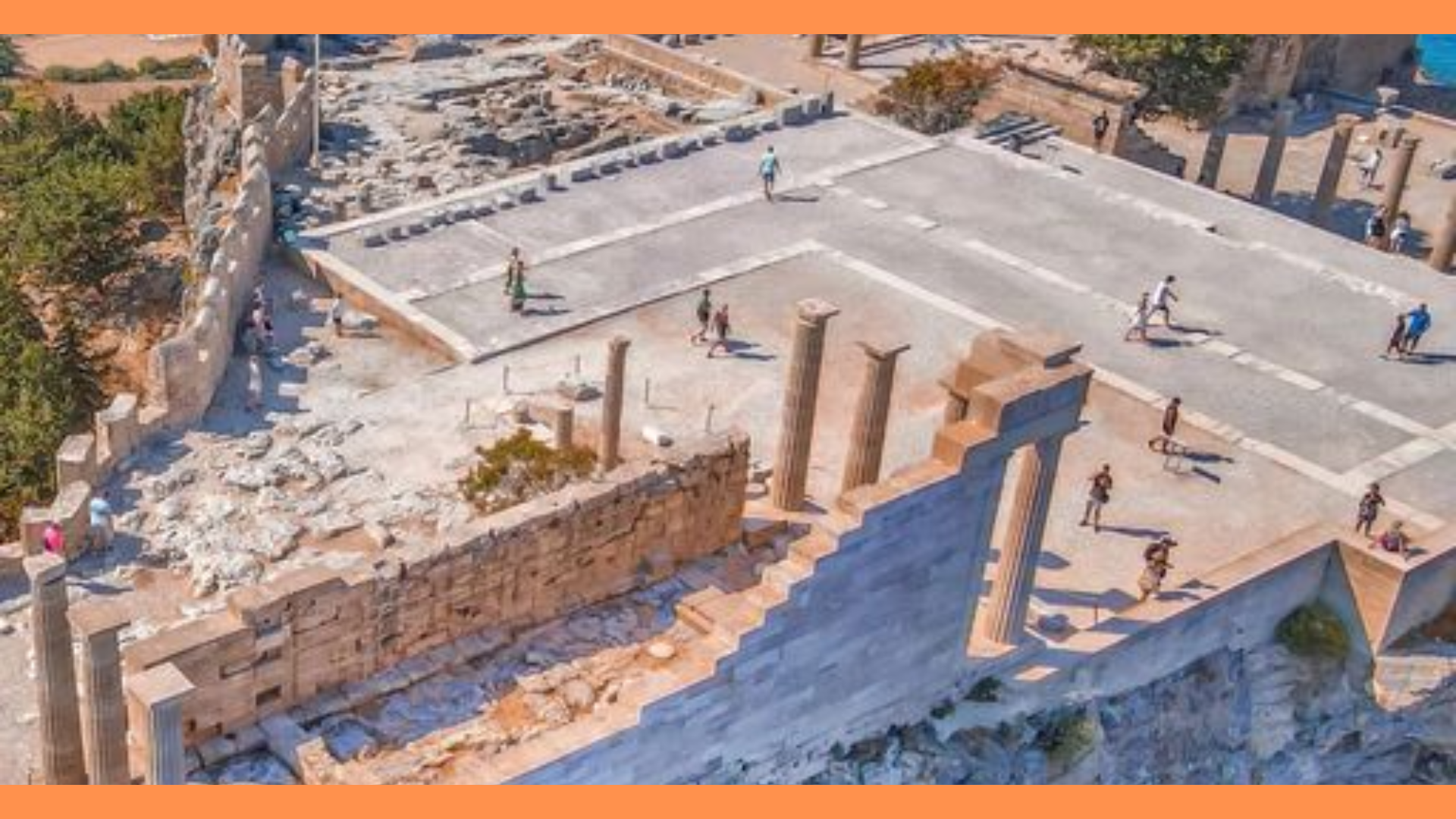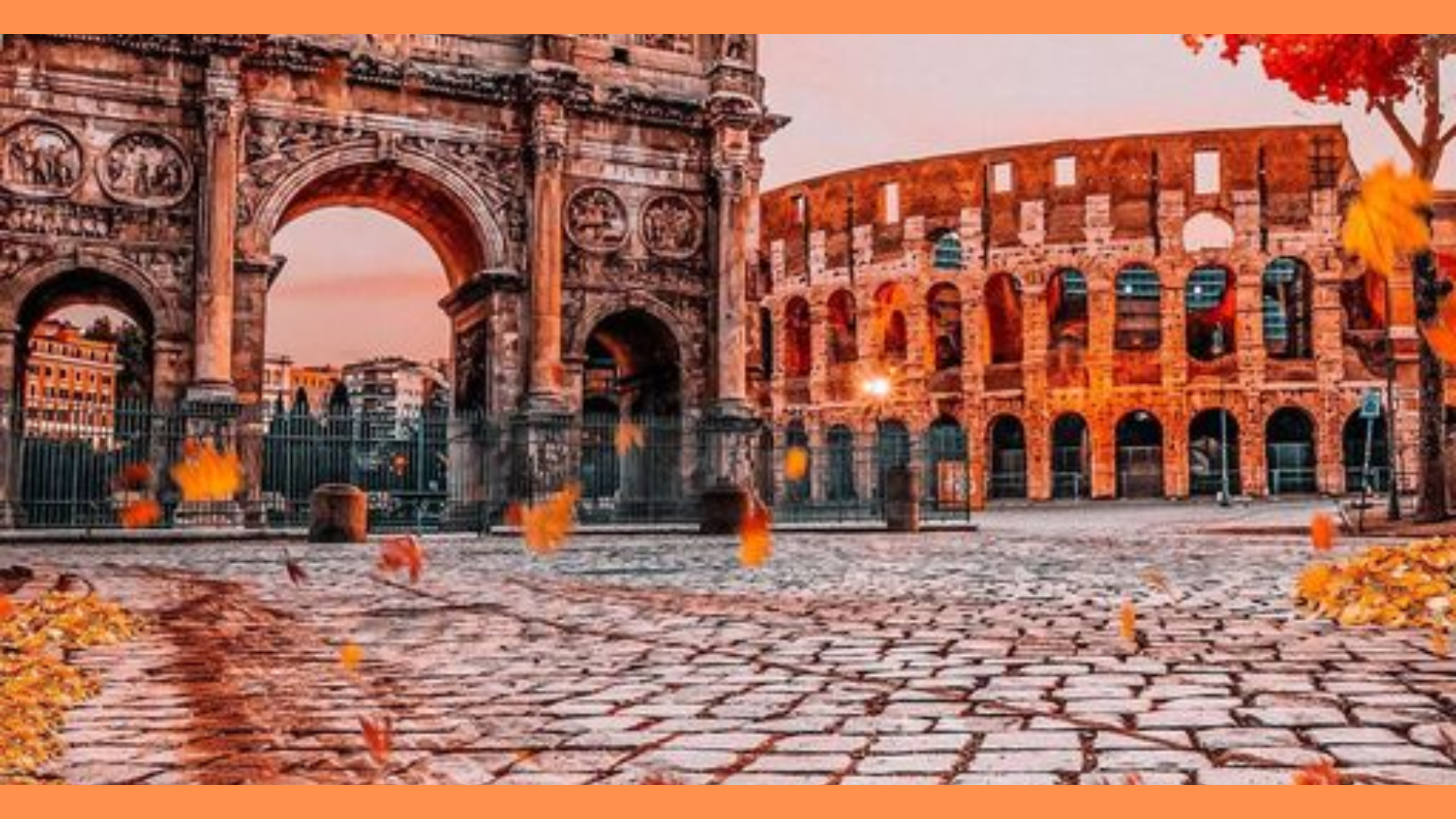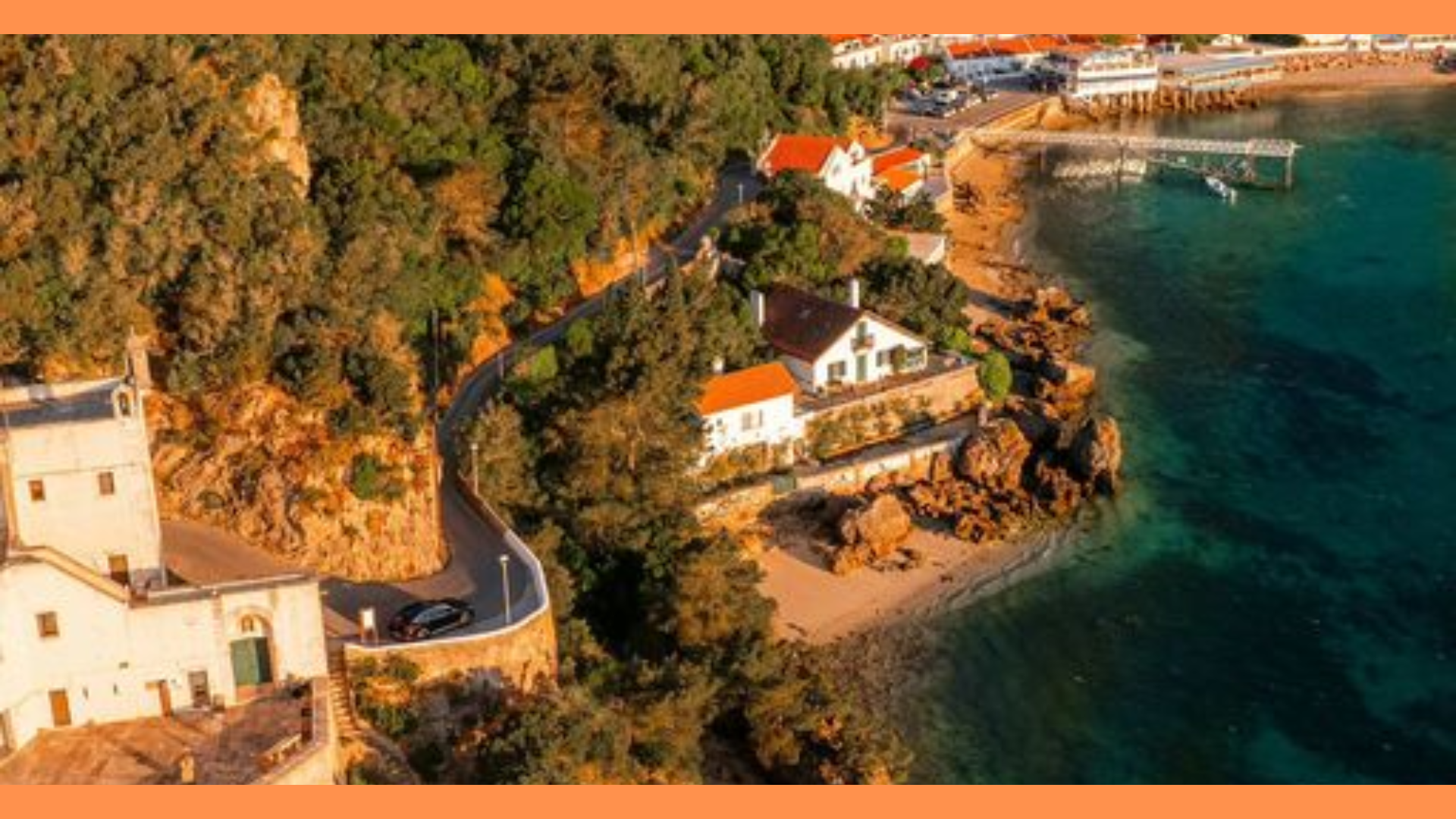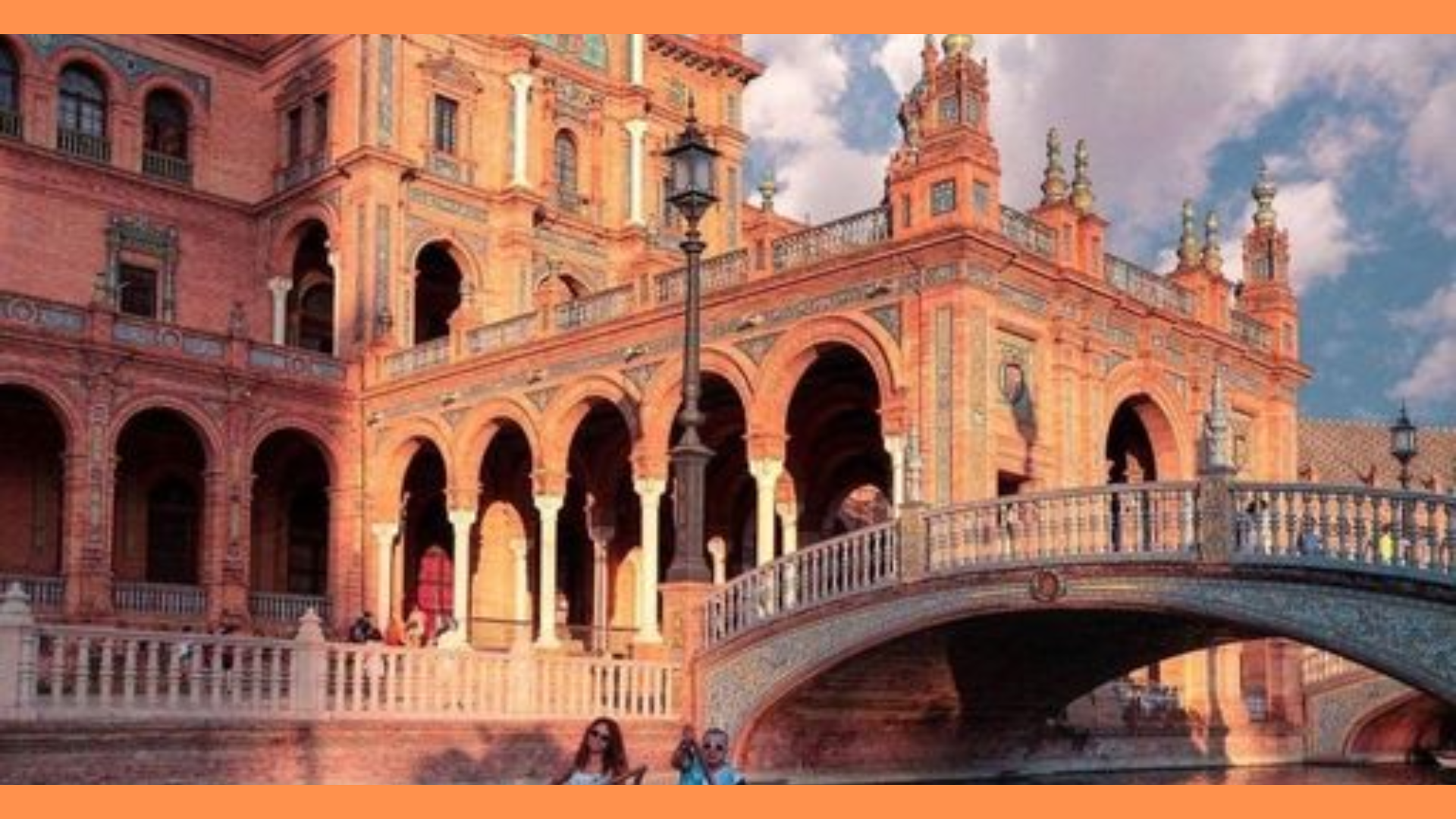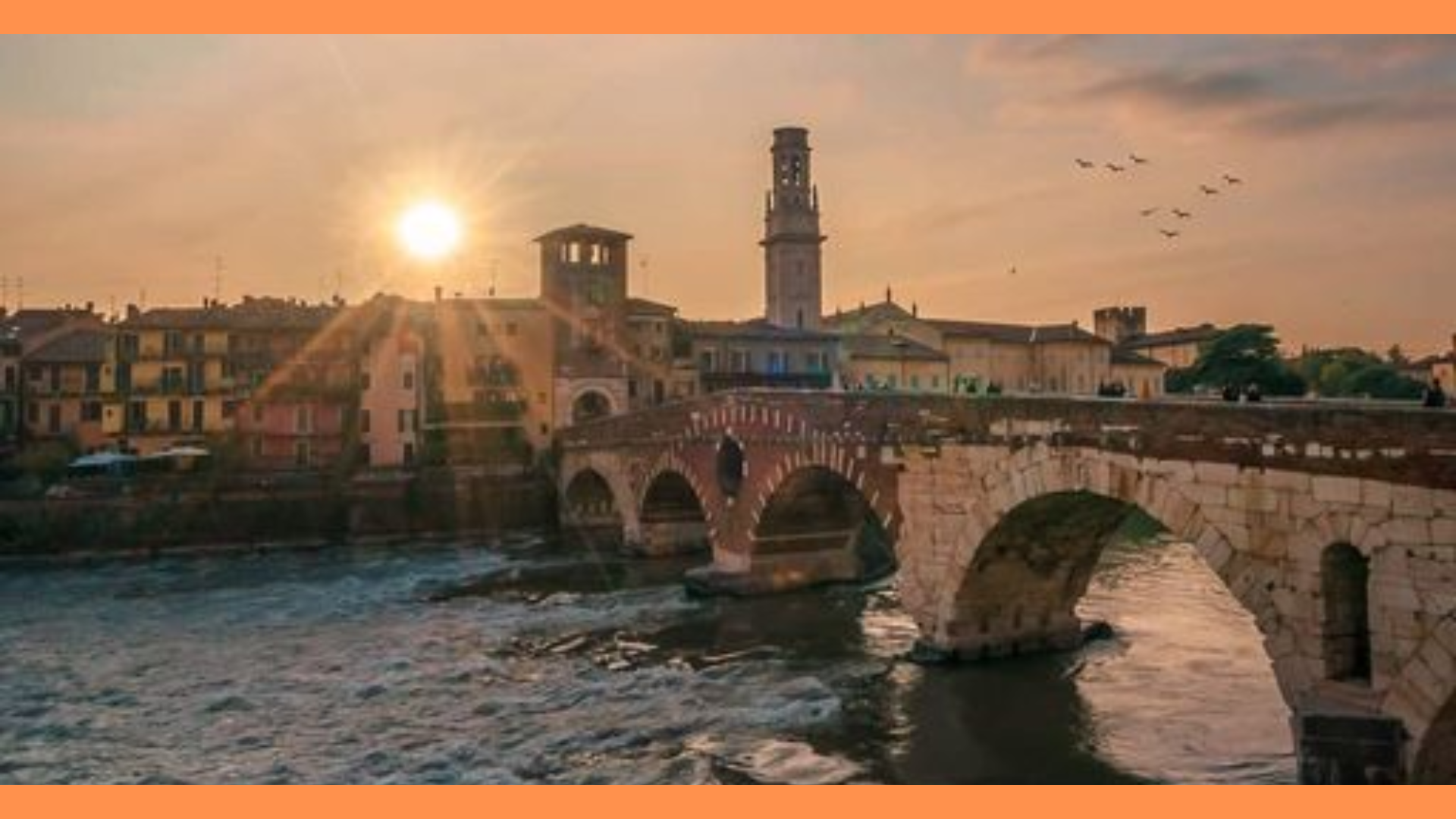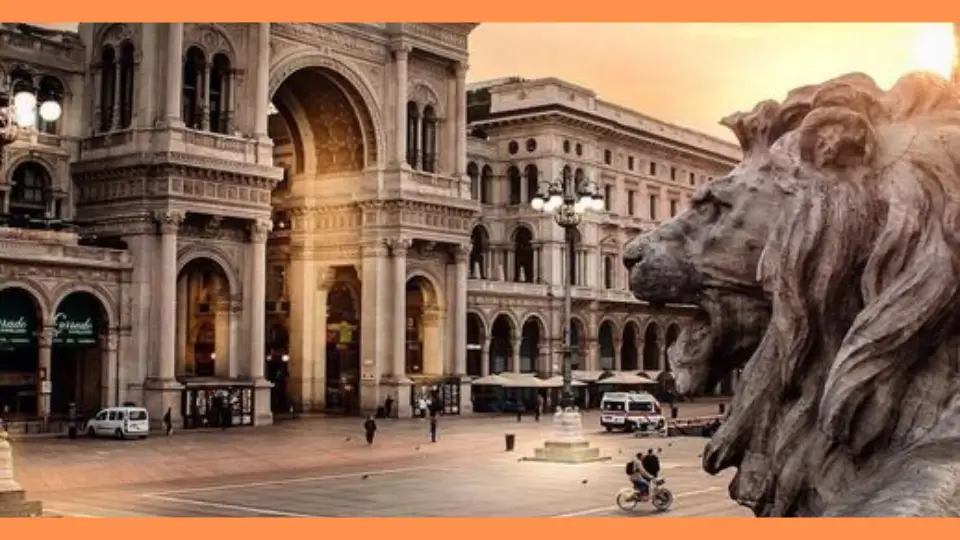Lucca is a captivating destination in Tuscany, offering a blend of historical allure and gastronomic delights. The city’s well-preserved landmarks, such as its Renaissance walls and historic churches, provide a rich backdrop for exploration. Lucca’s vibrant culinary scene features traditional Tuscan dishes, local specialties, and regional ingredients, including unique cheeses, wines, and sweets
I. Introduction
Lucca, located in Tuscany, Italy, is a charming city renowned for its rich history, cultural heritage, and culinary traditions. This picturesque destination is celebrated for its well-preserved historical sites, including ancient walls, medieval churches, and vibrant piazzas. Lucca’s unique blend of historical charm and natural beauty makes it a notable travel destination, offering visitors a deep dive into both its storied past and its lively present.
A. Brief Overview of Lucca
- Location in Tuscany, Italy
Nestled in the heart of Tuscany, Italy, Lucca is a charming city renowned for its rich history and picturesque landscapes. This medieval gem is strategically located just 30 kilometers from the Tyrrhenian Sea, offering a perfect blend of inland tranquility and coastal proximity. The city’s location, surrounded by the lush hills of Tuscany, makes it a picturesque destination that combines natural beauty with historical allure.
- Historical and Cultural Significance
Lucca’s historical significance dates back to Roman times, with its origins as a Roman colony. The city flourished during the Middle Ages and became a prosperous trading center. Its well-preserved medieval walls, Renaissance architecture, and historic landmarks speak to its vibrant past. The city has been a cultural hub, attracting notable figures such as composer Giacomo Puccini, adding to its rich cultural tapestry.
B. Importance as a Travel Destination
- Unique Blend of Historical Charm and Natural Beauty
Lucca stands out as a travel destination due to its exceptional preservation of historical architecture combined with stunning natural surroundings. The Renaissance-era city walls encircle a labyrinth of charming streets and historic buildings, creating a unique atmosphere where visitors can step back in time. The city’s location amidst rolling Tuscan hills and near scenic landscapes adds to its appeal, making it a must-visit for history enthusiasts and nature lovers alike.
- Renowned for Its Well-Preserved Historical Sites and Vibrant Culinary Scene
Renowned for its well-preserved historical sites, Lucca offers a glimpse into its medieval past through its architecture and museums. The city is also celebrated for its vibrant culinary scene, featuring traditional Tuscan dishes and local specialties. The combination of historical allure and gastronomic delights ensures that visitors have a rich and immersive experience in Lucca.
II. Travel Destinations in Lucca
Lucca boasts a wealth of historical and cultural attractions. Key destinations include the Lucca City Walls, which offer scenic walks and cycling routes around the city’s Renaissance fortifications. Puccini’s Birthplace is a significant cultural site, honoring the famous composer Giacomo Puccini with a museum dedicated to his life and works.
A. Historical and Cultural Sites
- Lucca’s City Walls
- Description of the Well-Preserved Renaissance Walls
The city walls of Lucca are a defining feature, dating back to the Renaissance period. These robust, circular walls are remarkably well-preserved, offering a unique opportunity for visitors to explore Lucca’s history from a vantage point. The walls, made of stone and brick, stretch for nearly four kilometers and provide an unbroken circuit around the historic center of the city. - Activities: Walking and Cycling Around the Walls
Visitors can enjoy a leisurely walk or bike ride along the top of the walls, which offer stunning views of both the city and the surrounding countryside. The walls are lined with pathways and gardens, making it an enjoyable experience for both tourists and locals. The green space atop the walls also serves as a popular spot for picnics and outdoor activities.
- Puccini’s Birthplace
- Historical Significance: Birthplace of Composer Giacomo Puccini
Lucca is famously known as the birthplace of Giacomo Puccini, one of Italy’s most renowned opera composers. His childhood home, located in the heart of Lucca, has been transformed into a museum dedicated to his life and work. The museum houses personal artifacts, manuscripts, and exhibits detailing Puccini’s contributions to the world of opera. - Museum and Exhibits
The Puccini Museum offers an insightful exploration of Puccini’s career, with displays that include original scores, letters, and other memorabilia. Visitors can gain a deeper understanding of Puccini’s influences and the legacy he left behind in the world of classical music.
- Cathedral of San Martino
- Architectural Highlights
The Cathedral of San Martino is a stunning example of Lucca’s architectural heritage. Built in the 11th century, the cathedral features an impressive façade adorned with intricate carvings and sculptures. The Romanesque architecture is complemented by Gothic elements, reflecting the evolution of architectural styles over time. - Notable Features: The Volto Santo and the Facade
One of the cathedral’s most significant features is the Volto Santo, a revered wooden crucifix believed to have miraculous powers. The façade of the cathedral is adorned with detailed marble sculptures and reliefs, making it a noteworthy example of medieval art and craftsmanship.
- Basilica of San Frediano
- Historical Context
The Basilica of San Frediano, another architectural marvel in Lucca, dates back to the 6th century. It stands as a testament to the city’s historical significance and its religious heritage. The basilica was originally built as a Christian place of worship and has since been a focal point for religious and cultural events. - Notable Features: Mosaic Facade and Interior
The basilica’s façade is adorned with a stunning mosaic depicting the Ascension of Christ, created in the 13th century. The interior features a richly decorated nave and several chapels, showcasing beautiful frescoes and medieval artwork. The Basilica of San Frediano is an essential stop for those interested in Lucca’s ecclesiastical history.
B. Scenic Attractions
- Piazza dell’Anfiteatro
- Description of the Elliptical Roman Amphitheater
The Piazza dell’Anfiteatro is a unique and vibrant square built on the site of a Roman amphitheater. The elliptical shape of the piazza retains the original structure’s outline, with the surrounding buildings forming a continuous ring. This historical site has been transformed into a lively square, filled with cafes, restaurants, and shops. - Current Use: Vibrant Square with Cafes and Shops
Today, the Piazza dell’Anfiteatro is a popular gathering place for both locals and tourists. The square’s atmosphere is enhanced by outdoor dining options and boutique shops, making it a great spot to relax and soak in the local ambiance.
- Orto Botanico
- Overview of the Botanical Garden
The Orto Botanico, or Botanical Garden, is a serene oasis in Lucca, offering a peaceful retreat from the city’s hustle and bustle. Established in the 19th century, the garden features a diverse collection of plants, including native species and exotic varieties. - Types of Plants and Features
Visitors to the Orto Botanico can explore various sections of the garden, including the medicinal plant area, the tropical greenhouse, and the arboretum. The garden is an excellent place for plant enthusiasts and those seeking a tranquil environment.
- Torre Guinigi
- Description of the Tower with Rooftop Garden
Torre Guinigi is a medieval tower that stands out due to its unique feature: a rooftop garden. The tower, built in the 14th century, offers a distinctive perspective of Lucca with its lush garden and panoramic views of the city and surrounding countryside. - Panoramic Views of Lucca
Climbing to the top of Torre Guinigi provides breathtaking views of Lucca’s historic center and the Tuscan landscape. The rooftop garden, with its ancient oak trees and greenery, adds to the tower’s charm and provides a serene spot to enjoy the cityscape.
C. Nearby Attractions
- Villa Reale di Marlia
- Description of the Historic Villa and Gardens
The Villa Reale di Marlia, located just outside Lucca, is a historic villa surrounded by magnificent gardens. The villa, once a summer residence of the Duchess of Lucca, features elegant architecture and beautifully landscaped grounds. - Historical Significance
The villa’s history dates back to the 17th century, and it has been a center of cultural and social events throughout its existence. The gardens, designed in various styles, including Italian Renaissance and English landscape, are a highlight of the villa’s allure.
- Montecarlo
- Overview of the Nearby Hill Town
Montecarlo, a picturesque hill town near Lucca, is known for its charming streets and local wine production. The town’s historic center is characterized by narrow alleys, medieval buildings, and panoramic views of the surrounding vineyards and countryside. - Attractions: Wine and Local Food
Montecarlo is famous for its wine, particularly its white and red varieties. Visitors can explore local wineries and sample the region’s wines, paired with traditional Tuscan cuisine. The town also offers a range of dining options, showcasing local specialties and artisanal products.
III. Cuisine of Lucca
Lucca’s cuisine is a celebration of traditional Tuscan flavors and ingredients. Traditional dishes include Tordelli Lucchese, a pasta stuffed with a flavorful meat filling; Farro Soup, a hearty dish featuring farro grain, beans, and vegetables; and Ceci e Cicerchie, a comforting legume dish.
A. Traditional Dishes
- Tordelli Lucchese
- Description: Meat-Stuffed Pasta
Tordelli Lucchese is a quintessential dish from Lucca, embodying the region’s rich culinary traditions. This traditional pasta features a unique filling of minced meat, typically a blend of pork and beef, mixed with a combination of herbs, spices, and sometimes vegetables. The filling is enveloped in a pasta dough, creating a satisfying and flavorful dish. - Traditional Preparation and Serving Methods
To prepare Tordelli Lucchese, the pasta dough is rolled out and cut into circles or squares, then filled with the meat mixture. The edges are sealed, and the tordelli are boiled until tender. Traditionally, this dish is served with a rich meat sauce, often made from the same meats used in the filling, or with a simple tomato sauce. It is typically enjoyed as a hearty first course during family gatherings or special occasions.
- Farro Soup (Zuppa di Farro)
- Ingredients: Farro, Beans, Vegetables
Farro soup, or Zuppa di Farro, is a beloved staple in Lucchese cuisine. Farro, an ancient grain, forms the base of this hearty soup, accompanied by beans, seasonal vegetables, and sometimes small amounts of meat for added flavor. The dish is known for its earthy and robust flavors, reflecting the agricultural heritage of the region. - Traditional Preparation and Variations
The preparation of Farro Soup begins with soaking the farro overnight to soften it. The grain is then simmered with vegetables such as carrots, celery, and onions, along with beans and occasionally chunks of pork or bacon. The soup is seasoned with herbs like rosemary and thyme, and it is often served with a drizzle of high-quality olive oil and a sprinkle of grated Parmesan cheese. Variations of the soup might include different types of beans or additional vegetables, depending on the season.
- Ingredients: Farro, Beans, Vegetables
- Ceci e Cicerchie
- Description of the Chickpea and Legume Dish
Ceci e Cicerchie is a traditional Tuscan dish that showcases the region’s love for legumes. This dish combines chickpeas (ceci) with cicerchie, a lesser-known legume that has a nutty flavor and a slightly firm texture. Together, these ingredients create a hearty and nutritious dish that is both satisfying and flavorful. - Preparation Methods and Traditional Accompaniments
To prepare Ceci e Cicerchie, the legumes are typically soaked overnight to ensure they cook evenly. They are then simmered with vegetables like tomatoes, onions, and carrots, and flavored with garlic and herbs. The dish is often served with a drizzle of extra-virgin olive oil and accompanied by rustic bread or a side of sautéed greens. It is a comforting dish enjoyed during colder months and reflects the region’s emphasis on simple, wholesome ingredients.
B. Local Specialties and Street Food
- Buccellato
- Description of the Sweet, Anise-Flavored Cake
Buccellato is a traditional sweet cake from Lucca, characterized by its distinctive anise flavor. This ring-shaped cake is made with a dough that includes anise seeds, sugar, and sometimes a hint of orange zest. The result is a fragrant and flavorful treat that is both crunchy on the outside and soft on the inside. - Traditional Serving and Occasions
Buccellato is often enjoyed during festive occasions and family gatherings. It is typically served sliced and can be accompanied by a glass of Vin Santo, a local dessert wine. The cake’s sweet and aromatic profile makes it a popular choice for celebrations, particularly during the holiday season.
- Castagnaccio
- Description of the Chestnut Flour Cake
Castagnaccio is a traditional Tuscan cake made from chestnut flour, a staple ingredient in the region. This dense, rustic cake is flavored with ingredients like pine nuts, raisins, and rosemary, and is notable for its earthy, slightly sweet taste. The cake’s unique texture and flavor are a result of the chestnut flour, which imparts a distinct nutty quality. - Typical Ingredients and Serving Suggestions
To make Castagnaccio, chestnut flour is mixed with water and olive oil to form a batter. Pine nuts, raisins, and fresh rosemary are added for flavor. The batter is poured into a baking dish and baked until it develops a crisp crust and a moist interior. The cake is typically served at room temperature and can be enjoyed on its own or with a dollop of ricotta cheese.
- Pecorino Cheese
- Overview of Local Pecorino Cheese Varieties
Pecorino cheese, made from sheep’s milk, is a staple in Tuscan cuisine, including in Lucca. Local varieties of Pecorino include Pecorino Lucchese, which is known for its rich, tangy flavor and firm texture. This cheese is often aged to develop a stronger taste and can be used in various dishes or enjoyed on its own. - Uses in Local Cuisine
Pecorino cheese is versatile and is used in a range of Lucchese dishes. It is often grated over pasta dishes, incorporated into savory tarts, or served as part of a cheese platter with local wines. Its distinctive flavor complements many traditional recipes, making it a key ingredient in Lucchese culinary traditions.
